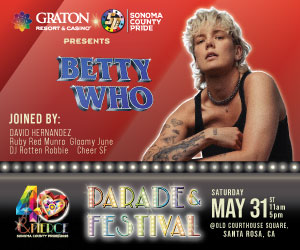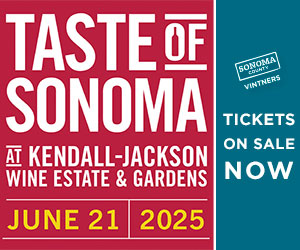When America’s premium tequila boom hit in the late 1990s, Mexican distillers soon found themselves short of the spirit’s key ingredient: agave.
The spiny succulent takes six to 14 years to reach maturity, and demand outstripped supply. In their search for agave, distillers from Jalisco, Nayarit and other tequila-producing states looked to Oaxaca. But when production of agave in the northern states caught up, the distillers no longer needed Oaxacan agave, and the local market for it collapsed.
When Santa Rosa’s Efrain Nolasco learned of the plight of his countrymen, he decided to help. Nolasco had emigrated to the United States from San Juan del Rio, a tiny town southwest of Oaxaca City, and he knew how hard life had become. Nolasco also knew how to make mezcal, the class of agave spirits that includes tequila.
“I helped my dad make mezcal,” says Nolasco. “I know the step-by-step. So I decided to do something to help my people.”
Nolasco went into the mezcal business. But it was a long road. He works as a landscaper and didn’t know anything about the alcoholic beverage industries in Mexico and the United States.
“I had to start at the bottom,” he says.
It took him five years to bring his mezcal to market, but he did it. He even succeeded in getting his mezcal certified organic, the first to earn the designation. It’s available at Oliver’s, Pacific Market and Bottle Barn.
Mezcal production is much like wine. Different types of agave produce different qualities in mezcal. (Tequila is made with just one, blue agave). Soil, altitude and the skill of the maestro mescalero all factor into the final product.
Sadly, the best-known mezcal is Gusano Rojo, an industrial, worm-in-the-bottle abomination. But the real stuff is a thing of beauty. The spirits are typically made by hand in small villages. The hearts of the agave are roasted in stone-lined pits. The roasting gives mezcal its characteristic smokiness. Once roasted, the piñas are pressed on stone mills. Then the extract is fermented and distilled. Unlike many tequilas that age in oak barrels, the best mezcal I’ve tried doesn’t see any oak. It’s the spicy, smoky bite of the mezcal that comes through.
Mezcal production is smaller and more artisinal than large-scale tequila distilleries. As such, it’s lesser known and not as widely available. That’s what makes Nolasco’s Benesin and San Juan del Rio brand mezcals a local treasure.
At 92 proof, the Benesin brand has a slightly lower alcohol content. I sampled his standard Benesin and the Benesin mezcal de pechuga. Given the relatively high alcohol level, the mezcal is wonderfully smooth with smoky overtones and a pleasing, vegetal finish with hints of fennel. Skip the margarita. It shines by itself in a glass.
Of the two, I like the mezcal de pechuga best. It’s made with a family recipe that includes fruit, flowers and chicken breasts. Yes, chicken. (Pechuga means “chicken breast.”) Nolasco’s family makes it for Dia de los Muertos. It doesn’t taste like chicken, but has a long finish that’s aromatic and rich.
“It’s mystical,” he says. “We offer it to the gods, and we drink it with all our friends and family.”
In a tasting organized by the New York Times in 2010 Benesin emerged as the best value. It costs about $40. TheFiftyBest.com, a product review site, awarded Benesin a double gold medal last year. Take that, tequila.
For more info go to www.benesin.com.


















